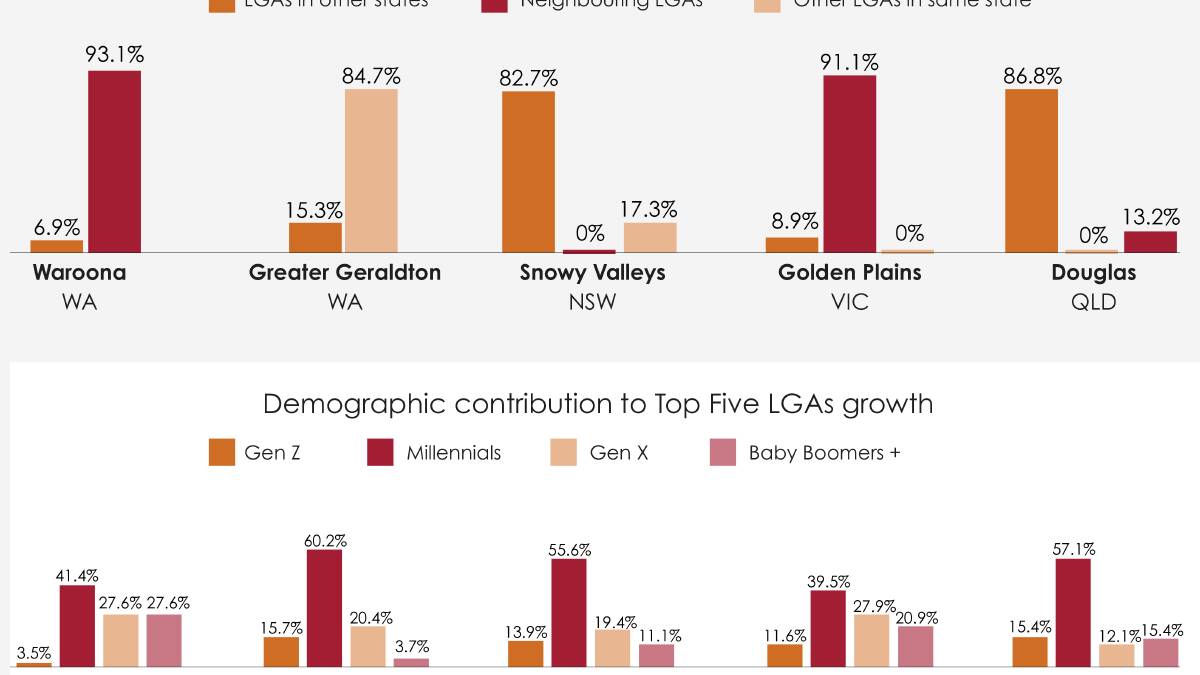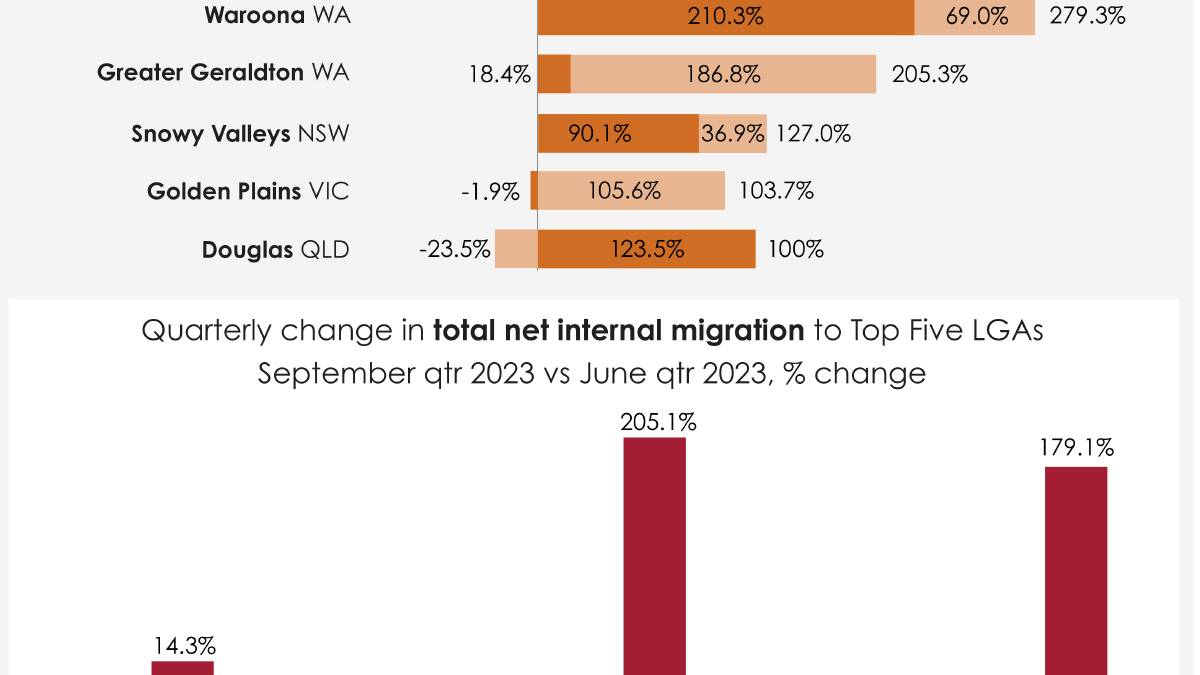
The Shire of Waroona, 108 kilometres south of Perth, has been recognised nationally as 'the' place to live for those seeking a regional move, as reported in the recently released Regional Movers Index (RMI).
The index listed Waroona first on the growth list, after placing third in the previous quarter's publication, with a near four-fold increase in net internal migration flows due to its popularity for those seeking a tree change.
Waroona Shire president Mike Walmsley admitted there was a lot happening in their diverse little patch.
He attributed the town's popularity to natural attractions such as significant jarrah forests and freshwater bodies, as well as local employment opportunities and the proximity to the Darling Scarp and the ocean.
"Fostering and maintaining the friendly country town appeal and lifestyle while growth occurs is important," Mr Walmsley said.
"Waroona offers a sense of space and lifestyle that is close to the three largest population centres in WA.
"The town is also home to a vibrant sporting community, residents enjoy a heated swimming pool and large indoor recreational facilities.
"The RMI shows the people that have purchased property here have made their decision based on value and lifestyle."
Mr Walmsley said going forward their focus was on encouraging infrastructure providers to upgrade capacity, such as infill sewage, due to interest from larger landowners on the town's periphery.
The 835 square kilometre shire has a population just below 5000 people and has dairying, whole milk production, tourism, timber, vegetables, forestry, beef, sheep, engineering, earthmoving, mining, mineral sands and refining as its local industries.
The RMI also reported that Waroona attracted movers from nearby local government areas, measured at 93.1 per cent of relocators in the September 2023 quarter and the majority, at 41.4pc, were millennials, followed by Gen X and Baby Boomers.
In the same quarter, the number of people moving from the capitals to the regions crept up by 0.7pc, while those moving in the opposite direction, dropped by 3.9pc.




